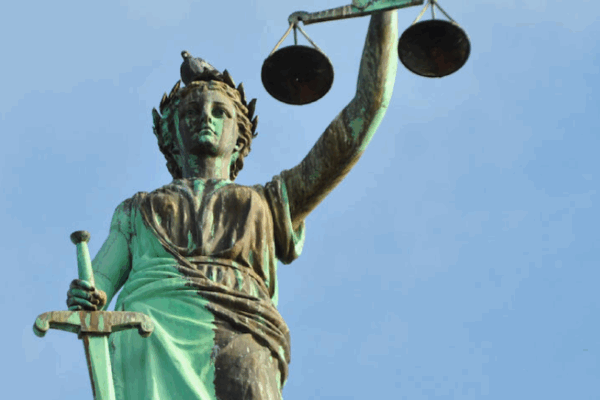Filing a typical civil suit in Wyoming can be confusing. We're here to help guide you.
This overview is designed to help you understand what is happening in court and what you might need to do. If you are under the age of 18, a parent, guardian, or other person who is qualified under the law will be appointed and named in the lawsuit for you. For privacy reasons, only your initials will appear in the lawsuit and your personal information will be kept confidential under federal laws.
Note: The ACLU's legal services are provided at absolutely no charge.
Stay Informed
Sign up to be the first to hear about how to take action.
By completing this form, I agree to receive occasional emails per the terms of the ACLU’s privacy statement.
By completing this form, I agree to receive occasional emails per the terms of the ACLU’s privacy statement.

